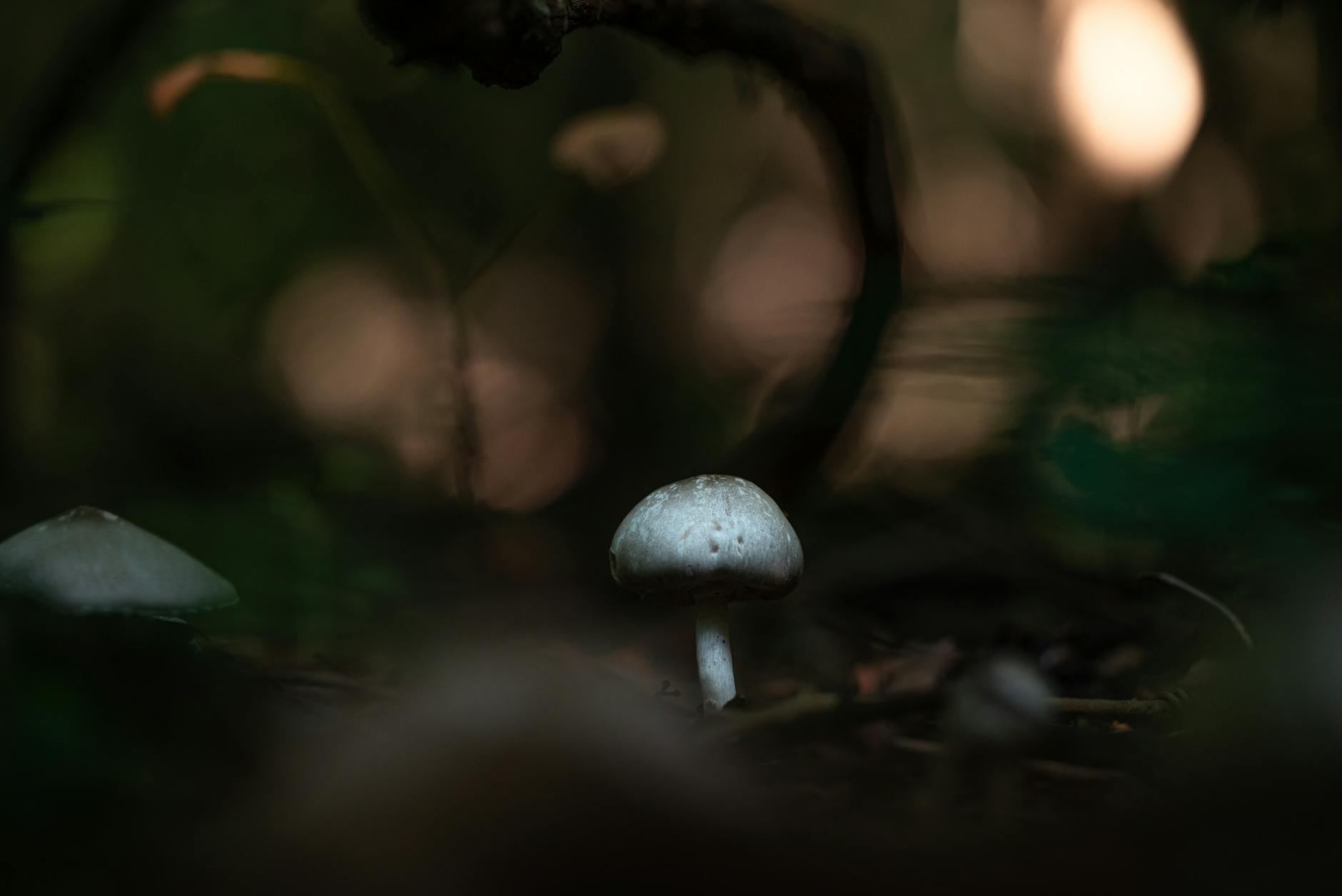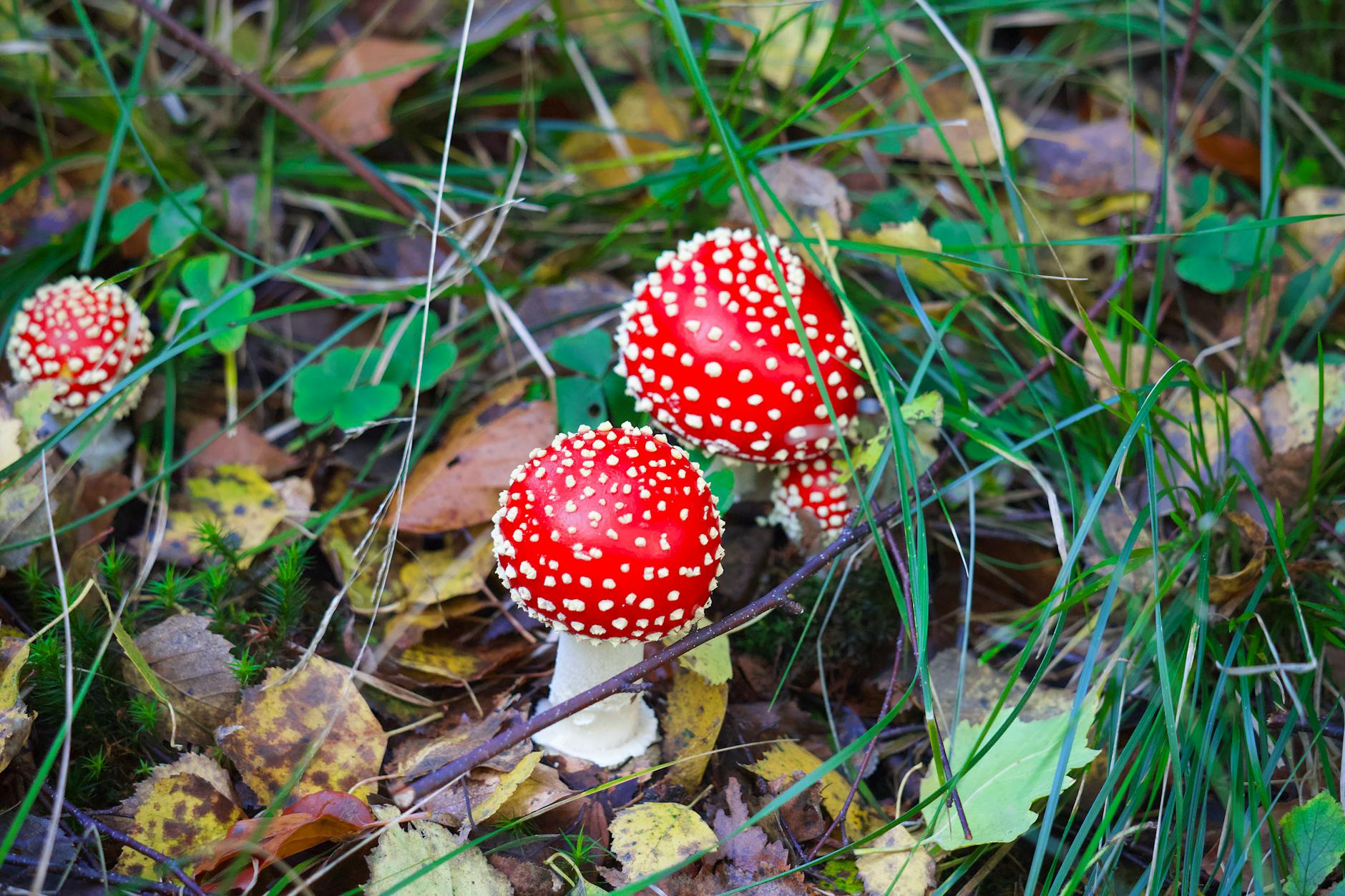Wild Mushroom Foraging: Discover the Essential Safety Tips
Mushroom foraging is a popular pastime for nature enthusiasts and foodies alike. The thrill of discovering unique and edible wild mushrooms in their natural habitat can be a rewarding experience. However, it is crucial to approach this activity with caution, as some wild mushrooms can be toxic or deadly if consumed. In this article, we will explore the essential safety tips that every mushroom forager should be aware of to enjoy a successful and safe foraging experience.
Importance of Identification
Proper Mushroom Identification: Key to Safety
The most crucial aspect of wild mushroom foraging is proper identification. It is essential to accurately identify the mushrooms you collect, as many toxic species closely resemble edible varieties. If you are new to mushroom foraging, consider enrolling in a workshop or foraging group led by experienced mycologists to learn how to differentiate between safe and poisonous mushrooms.
Safety Measures
Safety First: Handling and Storing Mushrooms
When handling wild mushrooms, always use gloves to prevent skin contact, as some toxic compounds can be absorbed through the skin. Additionally, never eat a wild mushroom raw – always cook them thoroughly to break down any toxins present. Store your harvested mushrooms in a breathable container in the refrigerator to maintain freshness and prevent spoilage.
Location and Environment
Choose Your Location Wisely: Foraging Grounds
Selecting the right location for mushroom foraging is crucial for your safety. Avoid picking mushrooms near polluted areas, roadsides, or industrial sites, as they may absorb harmful chemicals from the environment. Opt for clean, natural habitats like forests, fields, or meadows where wild mushrooms flourish without contamination.
Know Your Mushrooms
Familiarize Yourself: Common Edible Varieties
Before embarking on a foraging expedition, familiarize yourself with common edible mushroom varieties found in your region. Some popular edible mushrooms include chanterelles, porcini, morels, and chicken-of-the-woods. Knowing how to identify these species will help you confidently distinguish between safe and toxic mushrooms.
Caution and Research
Research and Caution: Be Informed
Never consume a wild mushroom without proper research and confirmation of its edibility. Consult reliable field guides, online resources, or local mycological societies to verify the species you have collected. If you are unsure about the identification of a mushroom, it is best to err on the side of caution and avoid consumption altogether.
Conclusion
Wild mushroom foraging can be a rewarding and enjoyable activity, but it comes with potential risks if proper safety precautions are not followed. By prioritizing proper identification, handling, location selection, mushroom knowledge, and thorough research, you can minimize the risks associated with mushroom foraging and savor the delights of nature in a safe and responsible manner. Remember, when in doubt, it is always better to leave a mushroom untouched than to take a dangerous risk. Happy foraging and stay safe!


